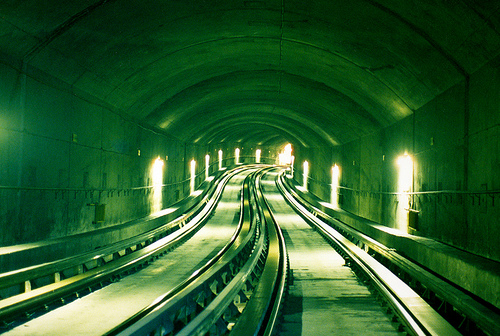Eug
Senior Member
Interesting avatar Prometheus. 
Does anyone know where the likely Bayview & Eglinton LRT "subway" station would be? It seems to me there could be two likely entrances, one in the Sunnybrook Plaza parking lot (NE corner) or one in the Metro parking lot (NW corner) or both.
How does the city buy the space for this? I'm sure both would love to have a station entrance on their property, but the loss of a few parking spots could hurt a bit.
Does anyone know where the likely Bayview & Eglinton LRT "subway" station would be? It seems to me there could be two likely entrances, one in the Sunnybrook Plaza parking lot (NE corner) or one in the Metro parking lot (NW corner) or both.
How does the city buy the space for this? I'm sure both would love to have a station entrance on their property, but the loss of a few parking spots could hurt a bit.






